Other

““Tuning” the interface and twist angle of layered 2D materials enhances key properties A new generation of electronics and optoelectronics may soon be possible by controlling twist angles in a particular type of bilayer 2D material used in these devices …
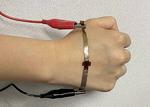
“Graphene, hexagonally arranged carbon atoms in a single layer with superior pliability and high conductivity, could advance flexible electronics according to a Penn State-led international research team. Huanyu “Larry” Cheng, Dorothy Quiggle Career Development Professor in Penn State’s Department …

“New family of ferroelectric materials raises possibilities for improved information and energy storage A new family of materials that could result in improved digital information storage and uses less energy may be possible thanks to a team of Penn State …

“Low concentrations of terbium could be identified from acid mine drainage and other waste sources A new luminescent sensor can detect terbium, a valuable rare earth element, from complex environmental samples like acid mine waste. The sensor, developed by researchers …
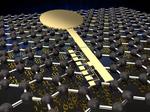
“As more private data is stored and shared digitally, researchers are exploring new ways to protect data against attacks from bad actors. Current silicon technology exploits microscopic differences between computing components to create secure keys, but artificial intelligence (AI) techniques …

“New soft, responsive metamaterial holds potential for wide variety of societal benefits Engineered, autonomous machines combined with artificial intelligence have long been a staple of science fiction, and often in the role of villain like the Cylons in the “Battlestar …
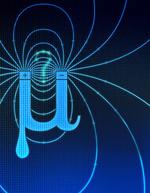
“An extensive new calculation of the strength of the magnetic field around the muon — a sub-atomic particle similar to, but heavier than, an electron — closes the gap between theory and experimental measurements, bringing it in line with the standard model …
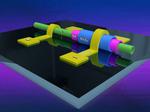
“The recent synthesis of one-dimensional van der Waals heterostructures, a type of heterostructure made by layering two-dimensional materials that are one atom thick, may lead to new, miniaturized electronics that are currently not possible, according to a team of Penn …
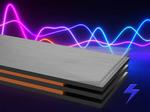
“Piezoelectric materials hold great promise as sensors and as energy harvesters but are normally much less effective at high temperatures, limiting their use in environments such as engines or space exploration. However, a new piezoelectric device developed by a team …

“Two-dimensional materials can be used to create smaller, high-performance transistors traditionally made of silicon, according to Saptarshi Das, assistant professor of engineering science and mechanics (ESM) in Penn State’s College of Engineering. Das and his collaborators report in Nature …

